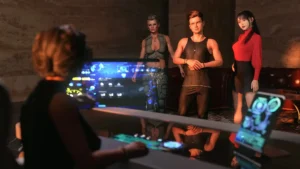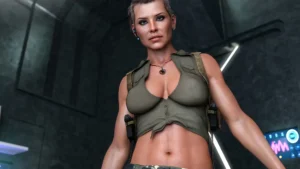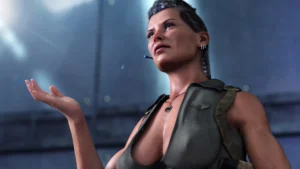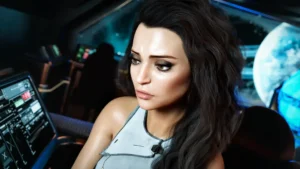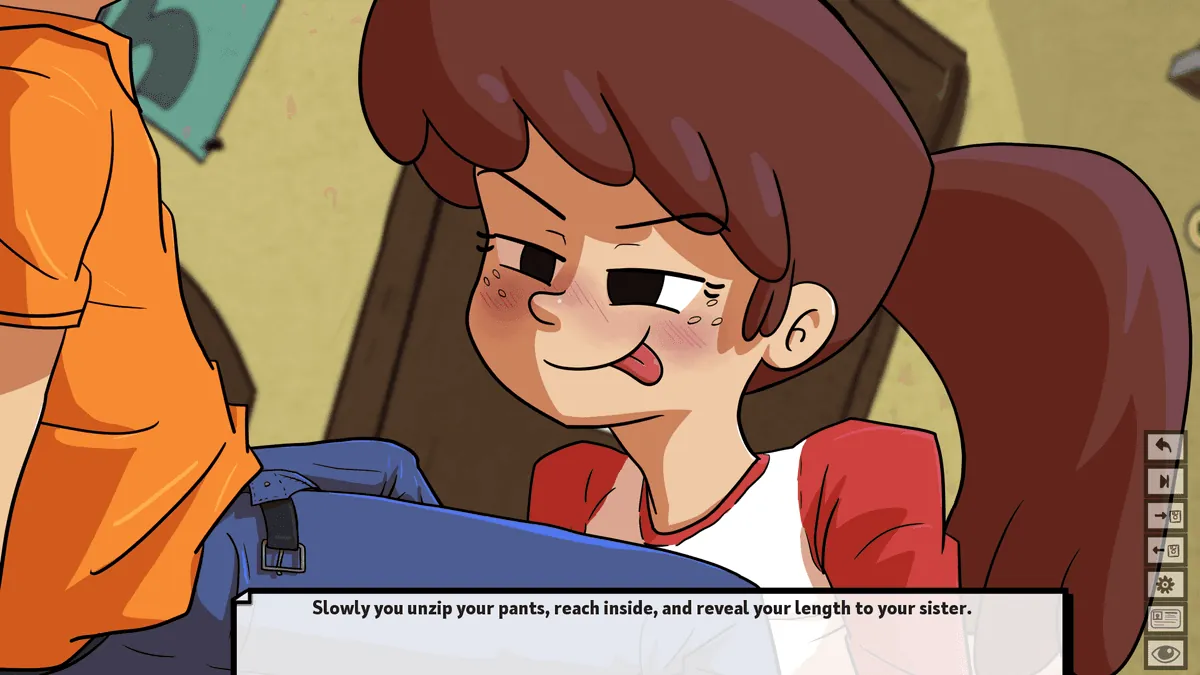
How to Fix the Future
Play How to Fix the Future
How to Fix the Future review
Explore Gameplay, Choices, and Storytelling in How to Fix the Future
How to Fix the Future is a unique interactive sci-fi novel game that blends storytelling with player-driven choices and immersive character interactions. This guide dives into the core gameplay, narrative depth, and decision-making elements that define the experience. Whether you’re new or looking to deepen your understanding, this article covers everything you need to know about How to Fix the Future and how to navigate its complex scenarios.
Understanding How to Fix the Future: Gameplay and Story
Ever stumbled upon a game that feels less like a pastime and more like a conversation? That was my exact experience with How to Fix the Future 🎮. From the first click, I knew this wasn’t your typical narrative adventure. It’s a sci-fi visual novel that grabs you by the collar and pulls you into its meticulously crafted world, asking you not just to observe, but to participate. If you’re fed up with games where your decisions feel meaningless, you’re in for a treat. This title puts the power squarely in your hands, making every choice pulse with consequence. Let’s dive into what makes this interactive novel gameplay so compelling.
### What is How to Fix the Future?
At its heart, How to Fix the Future is a choice-driven narrative set against a rich science-fiction backdrop. You play as a character navigating a complex future, where technology and humanity are deeply intertwined—and often at odds. It’s a game that belongs firmly in the interactive novel gameplay genre, meaning your primary interaction is through making decisions that shape the story’s direction.
What sets it apart is its mature approach to storytelling. This isn’t a lighthearted space opera; it deals with adult themes like identity, consent, morality, and the ethical implications of technological advancement. The game presents these themes with a remarkable lack of judgment, offering you a sandbox of human (and sometimes non-human) experiences to explore. It treats its subject matter with nuance, providing players with tools to set their own boundaries and engage with the content on their terms. This respectful handling of sensitive material is a breath of fresh air and a huge part of why the narrative themes in How to Fix the Future resonate so deeply.
### Key Gameplay Mechanics and Player Choices
The core loop of this sci-fi visual novel is beautifully simple yet infinitely complex: read, think, and choose. The game masterfully demonstrates how player choices impact the story, with decisions ranging from seemingly innocuous dialogue options to major plot-altering crossroads. Your agency is the engine of the entire experience.
A key mechanic is the relationship system. Every character you meet has their own motivations, secrets, and personalities. How you choose to interact with them—with empathy, suspicion, flirtation, or hostility—directly influences their path and your own. I remember one playthrough where I decided to be brutally honest with a key ally, Julian, early on. This seemingly small decision locked me out of a whole series of missions and intimate moments later, completely changing how the endgame unfolded. It was a powerful lesson in how player choices impact the story on both a macro and micro level.
The game’s structure is built on branching storylines, meaning there is no single “correct” path. Your first playthrough is uniquely yours, and the incentive to go back and make different decisions is incredibly strong. You might be a heroic figure in one timeline and a cunning manipulator in the next. This non-linear approach ensures high replayability and makes every moment feel significant.
Here’s a quick breakdown of the core interactive elements:
| Gameplay Feature | How It Works | Impact on the Story |
|---|---|---|
| Dialogue Choices | Select responses during conversations with other characters. | Builds or damages relationships; unlocks new information and story paths. |
| Major Plot Decisions | Make critical choices at key narrative junctions. | Alters the main storyline; can lock or unlock entire chapters and endings. |
| Relationship Management | Choose who to spend time with and how to engage with them. | Determines which character arcs you experience; can lead to unique alliances or romances. |
| Boundary Settings | Use in-game tools to customize your comfort level with certain themes. | Tailors the narrative experience to your preferences without breaking immersion. |
This framework creates a deeply personal experience. The interactive novel gameplay isn’t just about getting to an ending; it’s about discovering who you choose to be in this world and living with the results 😊.
### Narrative Themes and Character Development
Beyond the mechanics lies the soul of the game: its story and people. The narrative themes in How to Fix the Future are what elevate it from a simple game to a piece of compelling speculative fiction. It thoughtfully explores questions like: What does it mean to be human in a world of artificial intelligence? Can we escape our pasts? How do we build genuine connections in a digital age?
These themes are brought to life through exceptional character development in the game. The characters are not static archetypes; they grow, regress, and react to your actions. Your companion, Alex, might start off cold and professional, but through your choices, you could uncover their vulnerabilities and foster a deep bond—or push them away entirely. This character development is organic and feels earned, making the emotional payoffs (and tragedies) hit much harder.
The game’s use of branching storylines means these themes are explored from multiple angles. One path might frame technological progress as humanity’s salvation, while another might reveal it as its greatest threat. You have to play multiple times to see the full picture, and each perspective feels valid and well-reasoned. This ambiguity is the game’s greatest strength; it doesn’t preach, it presents. It gives you the pieces and asks you to assemble your own truth.
My biggest takeaway? How to Fix the Future is a masterclass in balancing plot with interaction. The story is deep and engaging enough to stand on its own, but the interactive novel gameplay mechanics transform you from a reader into a co-author ✍️. You’re not just along for the ride—you’re helping to steer, and every turn you take reveals a new, fascinating part of this incredible world. It’s a testament to how powerful player agency can be in modern storytelling.
How to Fix the Future offers a rich, choice-driven experience that combines sci-fi storytelling with deep character interactions. By understanding its gameplay mechanics and narrative structure, players can fully engage with the game’s unique world and make meaningful decisions that shape their journey. Dive in, explore the possibilities, and enjoy the immersive storytelling that How to Fix the Future provides.



